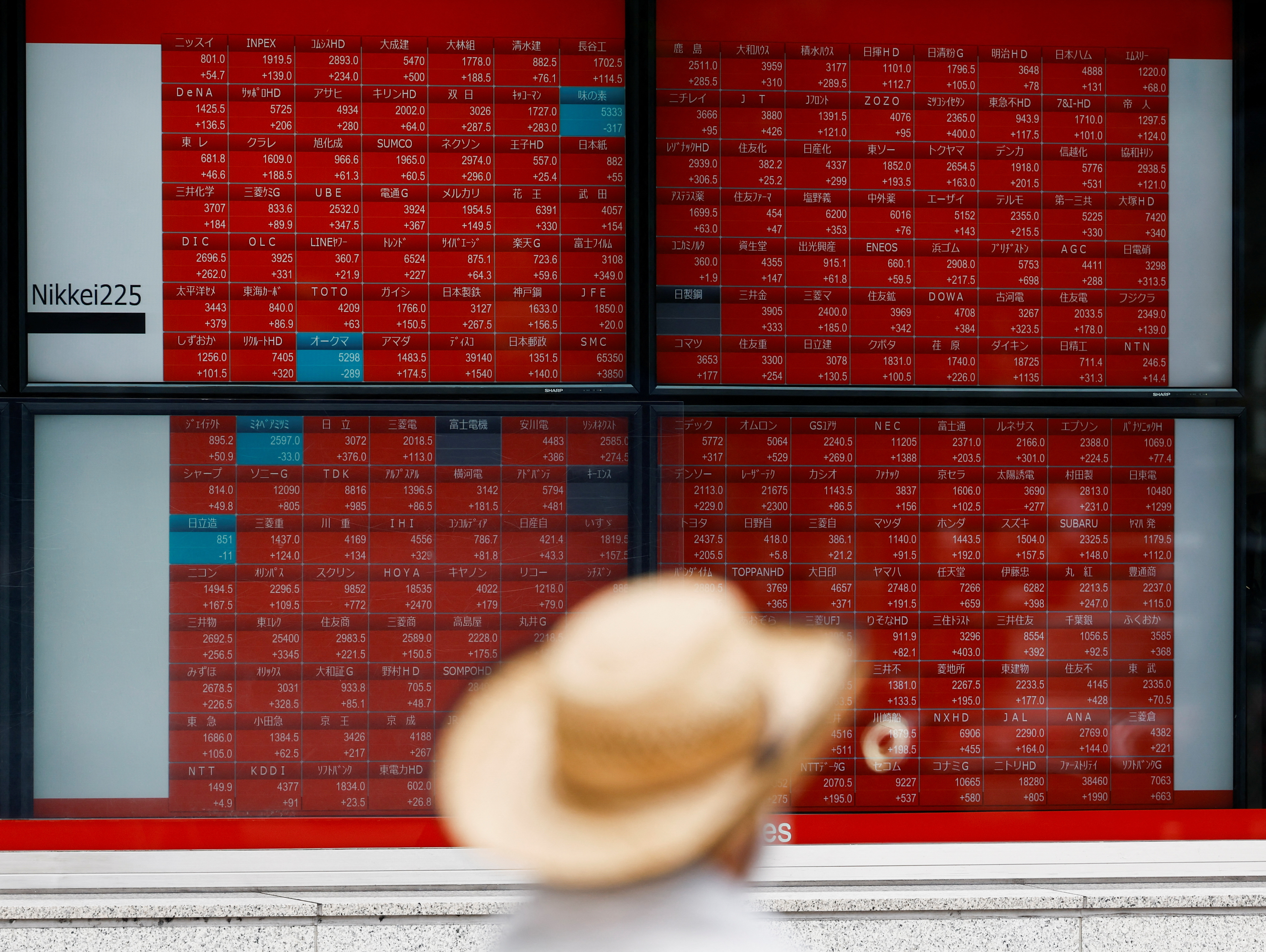pctay123
Publish Date: Tue, 10 Sep 2024, 21:53 PM

Sept 11 (Reuters) - A look at the day ahead in Asian markets.
The slide in oil and commodity prices is garnering more attention as investors await Wednesday's U.S. consumer price inflation figures, the last major economic data point before the Federal Reserve's interest rate decision next week.
The question for investors is whether this should be taken as a positive 'risk on' signal, or not?
If disinflationary dynamics push U.S. inflation lower then the Fed may cut interest rates more than it had planned, weighing on Treasury yields and the dollar, and giving a boost to Asian and emerging market assets.
But if they reflect weakening global demand and economic activity then investors will be far less inclined to put their money in riskier markets.
Given that these developments have coincided with yet another round of gloomy growth and inflation signals from China, caution may be the order of the day.
Figures on Tuesday showed that year-on-year import growth in China collapsed to just 0.5% in August, casting a cloud over brighter news that exports grew at their fastest pace in a year and a half.
Brent crude oil sank 3.7% and U.S. futures lost 4.3% on Tuesday, clocking their lowest daily close since December 2021. Both are now down more than 25% on the same period a year ago, and U.S. gasoline prices are 30% cheaper than they were a year ago.
This signals a significant acceleration in disinflationary dynamics that, all else equal, are bound to put downward pressure on next year's inflation readings.
Could inflation be on course to undershoot the Fed's 2% target soon?
It's worth remembering that the Fed in June raised its median inflation projections for this year and next to 2.8% and 2.3%, respectively. It may well be forced to revise them back down again next week.
Asian markets will get the chance to react to the U.S. inflation data on Thursday. The trading day on Wednesday is shaping up to be reasonably calm and positive after the S&P 500 and Nasdaq rose for a second day, the first time either has done that since mid-August.
The Asian calendar is light, with a speech by Reserve Bank of Australia assistant governor Sarah Hunter one of the few highlights.
The RBA's next policy meeting is Sept. 23-24, a week after the Fed. Given the persistently hawkish tone from RBA officials, it's no surprise that money markets have the RBA down as one of the most cautious G10 central banks regarding rate cuts.
Aussie swaps markets are still not fully pricing in a quarter-point rate cut this year, and the two-year U.S./Australian yield spread is the narrowest in more than two years at only 7 basis points.
Here are key developments that could provide more direction to Asian markets on Wednesday:- RBA's Sarah Hunter speaks
- South Korea unemployment (August)
- U.S. Presidential debate (Tuesday)
Sign up here.
https://www.reuters.com/markets/asia/global-markets-view-asia-graphic-pix-2024-09-10/












